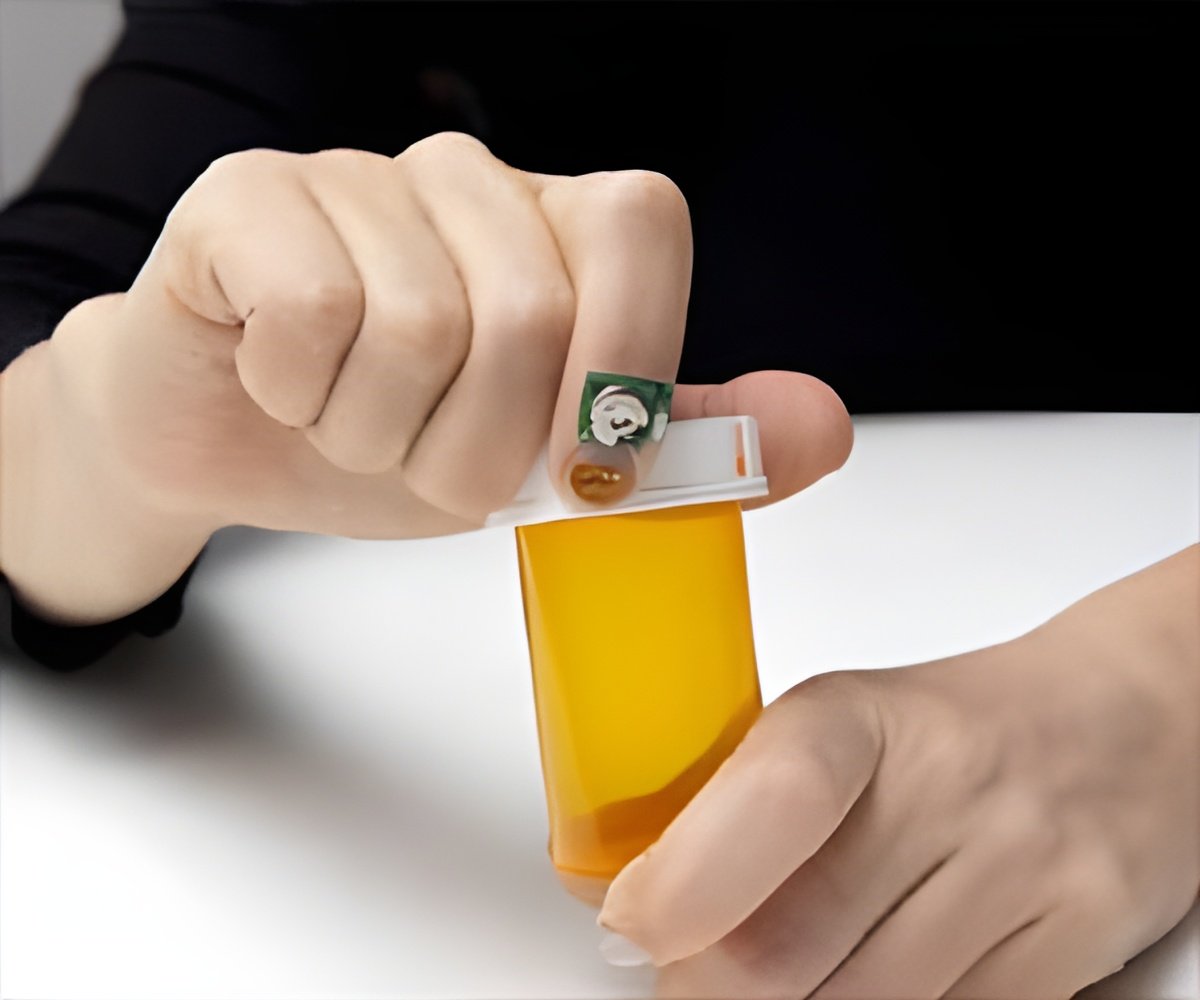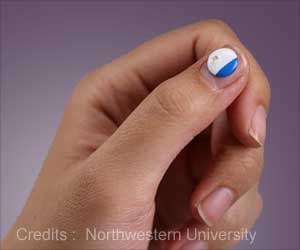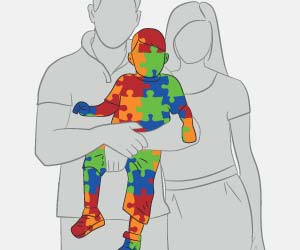Novel fingernail sensor uses artificial intelligence and machine learning to monitor human health as well as disease progression.

TOP INSIGHT
With the help of the new fingernail sensor, health state insights of an individual can be obtained easily. This work serves as the inspiration that could one day help people with quadriplegia communicate.
But the new system uses signals from the fingernail bends such as the tactile sensing of pressure, temperature, surface textures.
"Our fingernails deform bend and move in stereotypic ways when we use them for gripping, grasping, and even flexing and extending our fingers. This deformation is usually on the order of single digit microns and not visible to the naked eye," said Katsuyuki Sakuma, from IBM's Thomas J. Watson Research Center in New York.
The new device, reported in the journal Scientific Reports, consists of strain gauges attached to the fingernail and a small computer that samples strain values, collects accelerometer data and communicates with a smartwatch.
The watch also runs machine learning models to rate bradykinesia, tremor, and dyskinesia which are all symptoms of Parkinson's disease.
"With the sensor, we can derive health state insights and enable a new type of user interface. This work has also served as the inspiration for a new device modeled on the structure of the fingertip that could one day help quadriplegics communicate," Sakuma noted.
 MEDINDIA
MEDINDIA




 Email
Email







